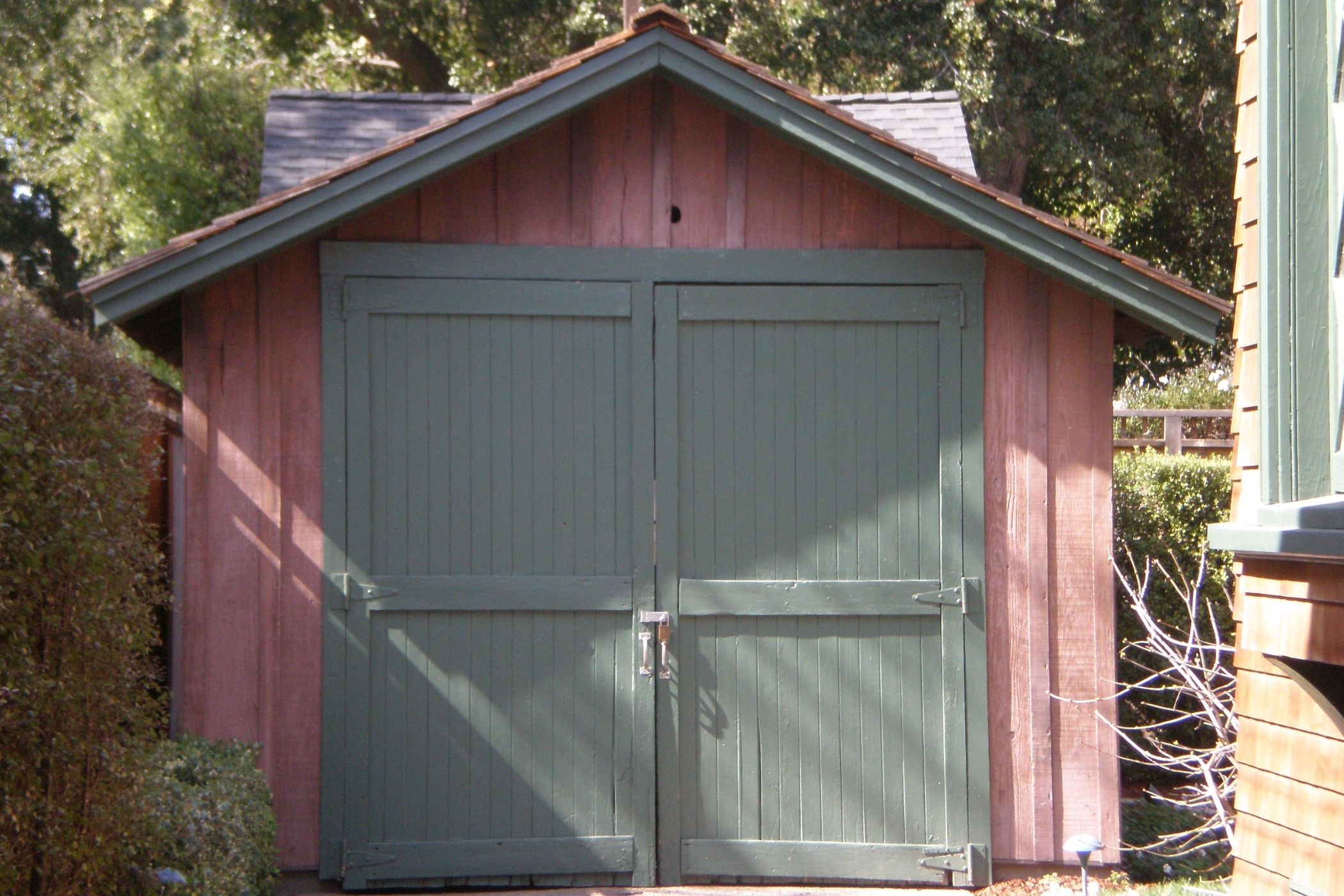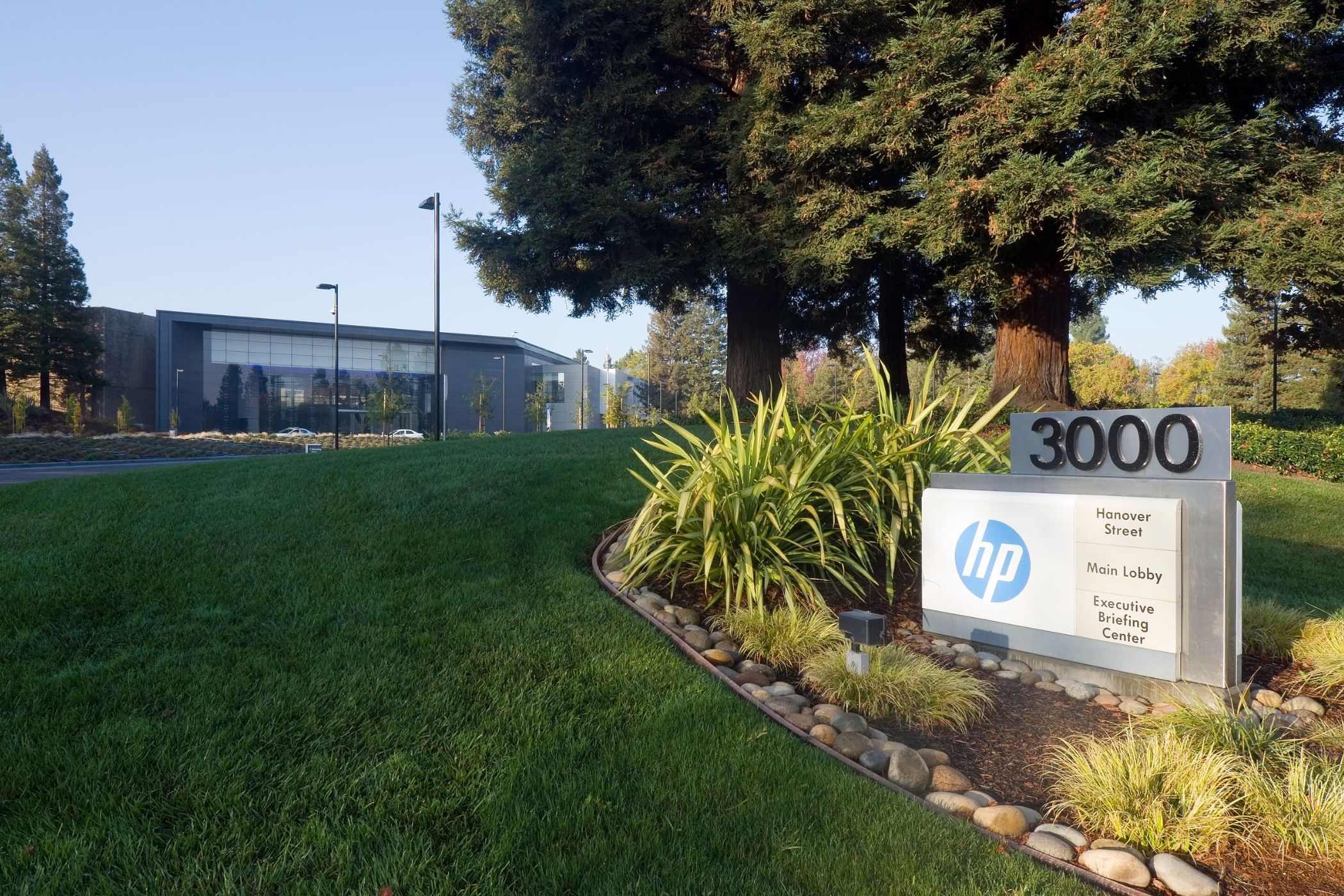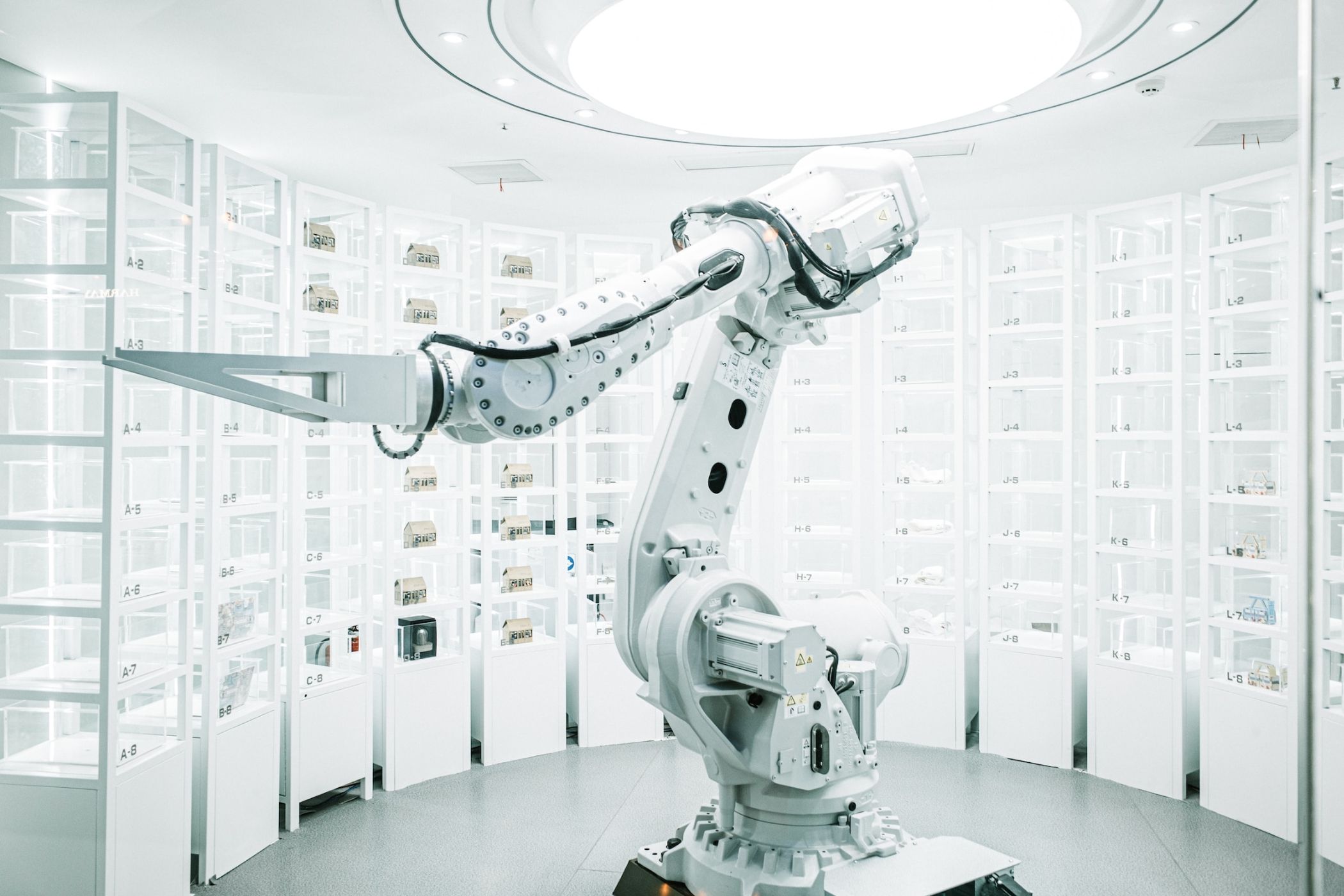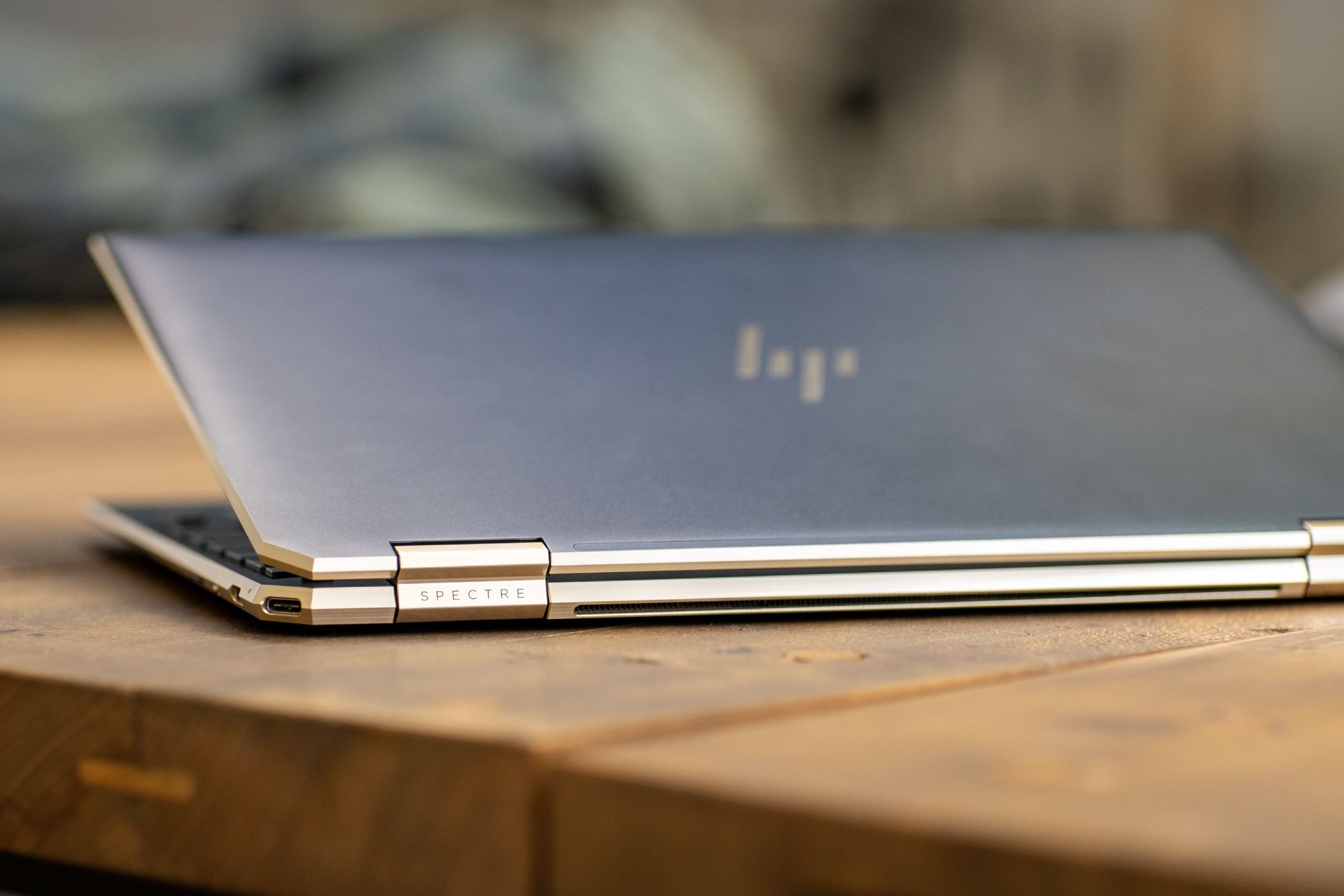On August 18th, 1947 — exactly 76 years ago — Hewlett-Packard or HP (now known as HP Inc.) was incorporated, although the multinational personal computing giant was founded earlier in 1939. For many decades now, HP has been a household name in the personal computer, enterprise server, and printer industries, among many others. The world's leading PC manufacturer from 2007 to 2013, HP has produced widely respected products over its illustrious history.
Nowadays, HP is widely known for making some of the best laptops and best gaming PCs. The HP Spectre x360, HP Envy 16, and the HP Omen 40L are incredibly popular computers. While you might be aware of HP's history of innovation and popular personal computing devices, what might be news to you is the history behind the name of the company.
HP Garage - Birthplace of Silicon Valley
HP was born in a modest garage in Palo Alto in 1939. That "HP Garage" later became an official California Historical Landmark and was designated the "Birthplace of Silicon Valley". Although HP didn't start developing semiconductor devices until the early 1960s, the startup they created in Palo Alto gave rise to numerous tech companies that would later make the area their home, such as Intel, Nvidia, and many more. HP's early days were quite different from what the company would later go on to become. Bill Hewlett and David Packard started by producing precision audio oscillators, eight of which they sold to Walt Disney Studios in 1938.
Before the 1990s, HP focused only on business, research, and university users, selling scientific equipment and printers. The 90s saw the company bring its PCs to consumers and expand through acquisitions like Apollo Computer and Convex Computer. One of HP's biggest acquisitions came in 2002 when it merged with Compaq. The new stock ticker symbol of the combined entity became HPQ to include the "Q" logo seen on Compaq's products. HP later went on to acquire companies like EDS, 3Com, and Palm, Inc.
HP has constantly innovated and single-handedly created new and exciting product lines in its 84-year history. In fact, HP's 1968 desktop calculator, the HP 9100A, could perform complex mathematical operations and stored programs on a magnetic card, and was referred to as a "personal computer" in advertising, marking the earliest use of the term, long before the IBM Personal Computer. In 1977, HP's innovative DNA also led to one of the very first calculator wristwatches, the HP-01, which had a calculator, clock, calendar, and a built-in stylus used to press the small buttons. One of the relatively recent successes for HP came in the form of the HP LaserJet line of printers in 1984, post which the company partnered with Intel to bring the first 64-bit microprocessor to the market in the mid-90s.
HP and Apple actually have a bit of shared history. Steve Jobs, then aged 12, was offered a summer job at the company by Bill Hewlett as he was impressed by the boy's initiative to call Hewlett from the phone book for parts for a frequency counter. The other co-founder of Apple, Steve Wozniak, designed the Apple I computer while he was working at HP. The company had refused to buy the computer from Wozniak five times and simply allowed him a legal release to build the computer with HP parts.
The coin toss that could have led to Packard-Hewlett
We all know what HP stands for but not everyone would know that the company could just as easily have been called Packard-Hewlett instead of "Hewlett-Packard". Long before the company was incorporated on August 18th, 1947, the two founders decided to flip a coin to decide whose name would come first in the name of the soon-to-become-iconic enterprise. And you can guess who won that pivotal coin toss.
Both Bill Hewlett and David Packard studied at Stanford University around 1938-39 and dreamed of starting a company together. They shared the President, CEO, and Chairman positions during their tenure at the company. Packard even served as the U.S. Deputy Secretary of Defense under Richard Nixon and received the Presidential Medal of Freedom in 1988.
HP is future-ready - PCs, printers, and AI
The future looks bright for the multinational giant. PCs, printers, and more recently, 3D printers, have been the three key businesses for the company. While the company is banking on the combined PCs, printers, and peripherals addressable market to grow to $560 billion by 2024, it's also actively working on incorporating AI into its products and services.
HP has removed around half of single-use plastics from its personal system packaging, thanks to its 3D printing capabilities. The company is now working on capturing the orthotics, prosthetics, footwear, F&B, cosmetics, and dairy product industries through its 3D printing business. For a company that started before World War II, HP has consistently shown that it was built to last. And the future looks nothing but promising.

